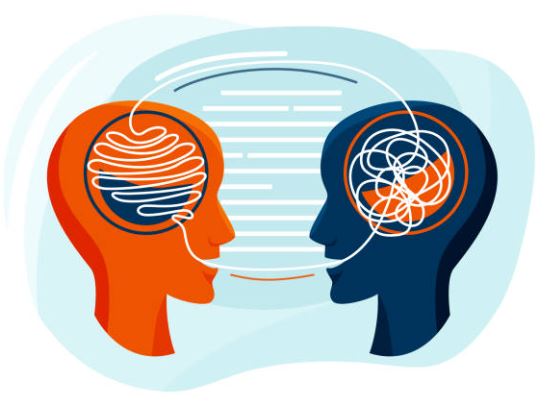As someone with ADHD, reading body language can be challenging, but there are strategies you can use to improve your skills. Here are some tips:
- Minimize distractions: Find a quiet, uncluttered space where you can focus on observing the person’s body language without distractions. Turn off your phone, TV, or other devices that distract your attention.
- Practice mindfulness: Take a moment to ground yourself and focus your attention on the person’s nonverbal cues. Try to be fully present in the moment and pay attention to all the details.
- Use active listening: Active listening involves not only paying attention to what the person is saying but also their nonverbal cues. Repeat back what you have observed to confirm your understanding and to make sure you are interpreting the cues correctly.
- Look for patterns: Identify patterns in the person’s body language. For example, do they always fidget when nervous or avoid eye contact when lying?
- Use your strengths: People with ADHD often have hyperfocus, which means they can focus intently on one thing for an extended period. Use this to your advantage by focusing on observing the person’s body language for a set amount of time.
- Ask for feedback: If you’re unsure about what someone’s body language means, ask for clarification. People are usually happy to explain their nonverbal cues if asked.
Here are some ways to improve your ability to read body language and nonverbal cues, even when you have ADHD. They can help you develop your observational skills and become more aware of the subtle cues that people use to communicate.
When you hear two people speaking with each other, try to focus on their body language and observe who seems to be leading the conversation. You can also do this by watching for differences in tone and volume as the discussion progresses. This can help you determine who is more confident, more listening to the other, and more in control. and how they are showing it in addition to their words.
Playing a short video segment with the volume off and trying to determine the dominant person and the emotional state of each is, is an excellent way to practice reading body language. By replaying the segment with the volume turned on, you can confirm your observations and see what cues you missed or misinterpreted.
It’s important to keep in mind that body language and nonverbal cues can be complex, and their interpretation can depend on context, culture, and individual differences. So, practice, patience, and an open mind are essential when improving your ability to read body language.
The ADD Resource Center – addrc.org – 646/205.8080 – info@addrc.org
Also go to https://www.addrc.org/how-to-truly-listen/
Listen with the intent to understand, not with the intent to reply.

